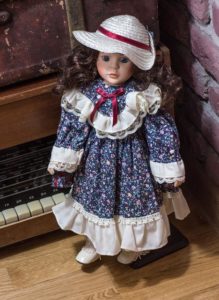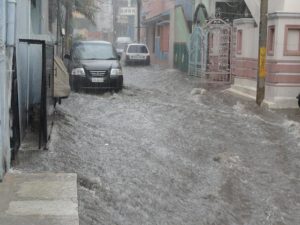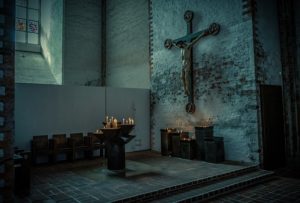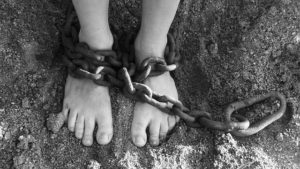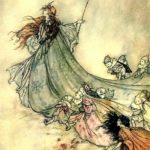Shadow Spinner
By Susan Fletcher
I don’t recall when I first read this book, but it was probably in 2002 or 2003. I loved it as a kid, and I love it still! I’ve always been intrigued with the story of Shahrazad and 1001 Nights and every other iteration of this tale. This particular version stuck with me through the years.
Shadow Spinner’s crowning achievement is the ticking clock style of the book. The story is concise and interesting. Its pace is fast. And, for a kids book, it deals with some pretty heavy themes.

The main character is disabled—a rare enough occurrence as it is in books—and the book treats the character’s disability as a normal part of life, which it is. It’s not a secret special power. It’s not a disability that ends up helping the character. In fact, the disability nearly gets her killed or caught a few times during key moments of the book.
Also, every character deals with abuse! Shadow Spinner does not shy from this at all, and it creates a more powerful atmosphere in the book. Shahrazad deals with emotional abuse. Marjan deals with physical and emotional abuse tied with past trauma. Any woman in the harem under the Khatun’s thumb suffered, sometimes severe, physical abuse. Every woman in Shadow Spinner lives in constant fear of the Sultan and his whims. The book begins with a bloody history of the Sultan marrying a different woman every night and murdering her in the morning. (Again, heavy for a kids book.)
With that said, I’m not in camp “forgive the Sultan just because his first wife cheated on him” like some characters who won’t be named are. I did leave the book annoyed that the Sultan suffered no real consequences for murdering an undisclosed number of women. (Yes, I know. He’s the Sultan and unlikely to suffer consequences for anything, ever.) However, the Sultan’s punishment, or lack of, is not the point of the book. It isn’t the “lesson.” The lesson lies with Marjan and her own battle with forgiveness. But I wish the parallel drawn between Marjan and the Sultan and the ability to forgive was not so stark.
I’d still recommend this book to a reader though! My qualms with the story are not book-avoiding worthy. Maybe read it for yourself and let me know your thoughts!
~ Anna
(Entry 17)

